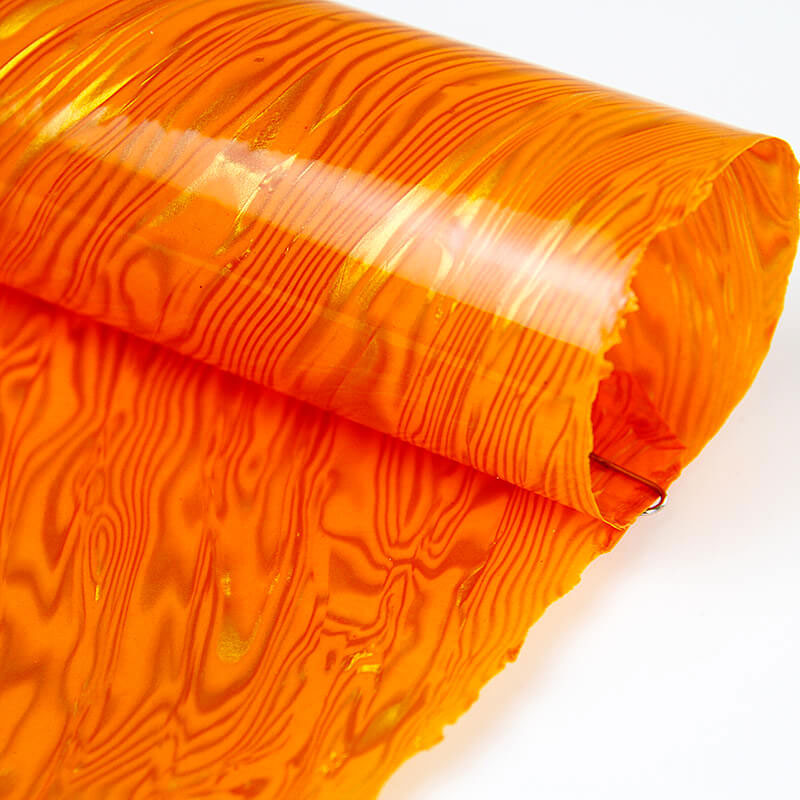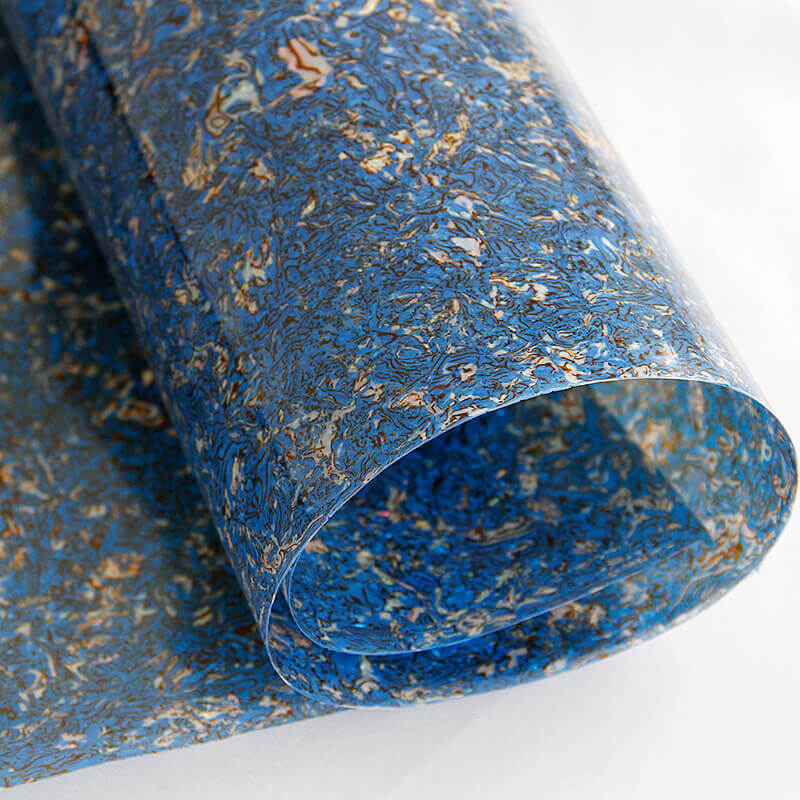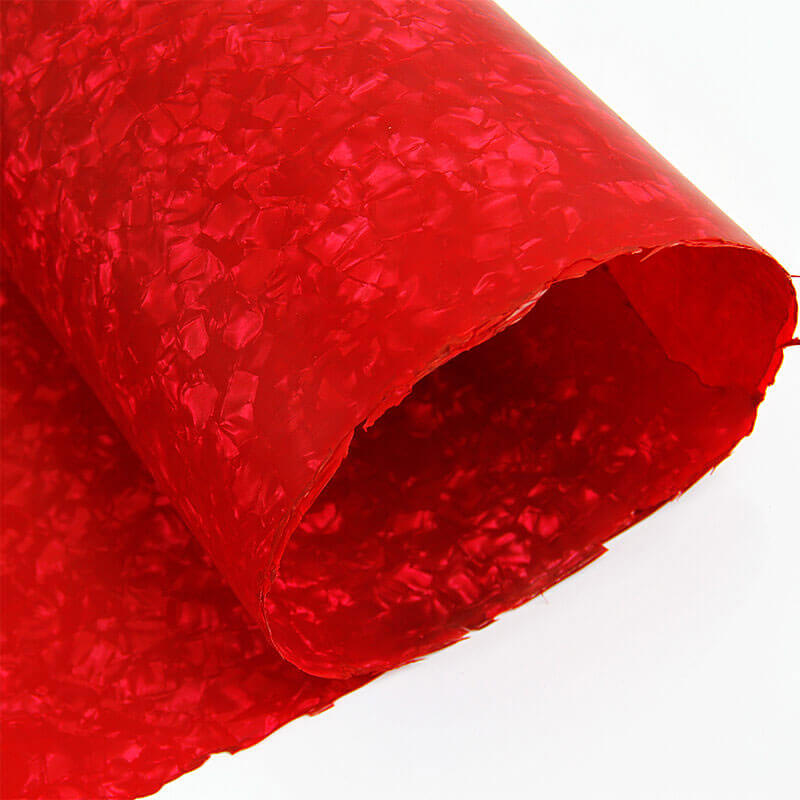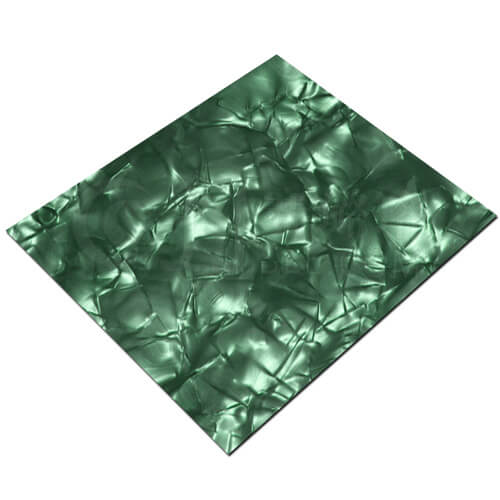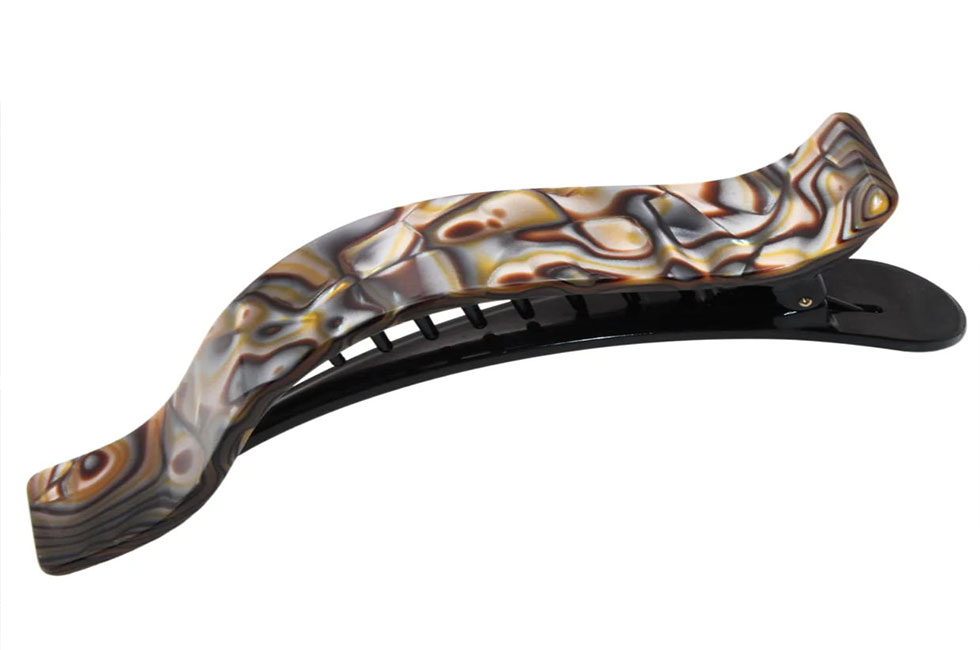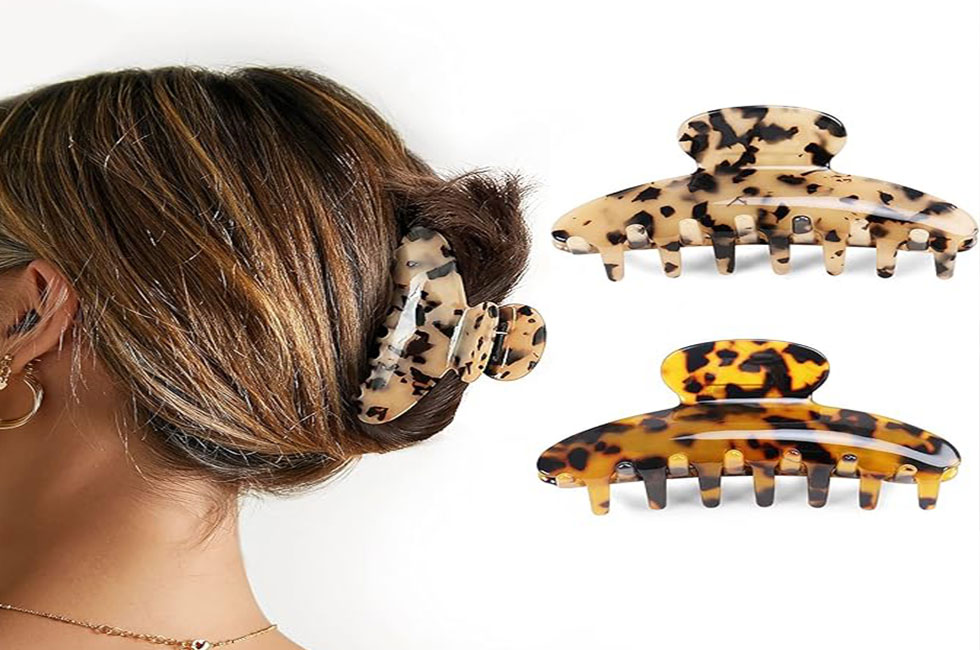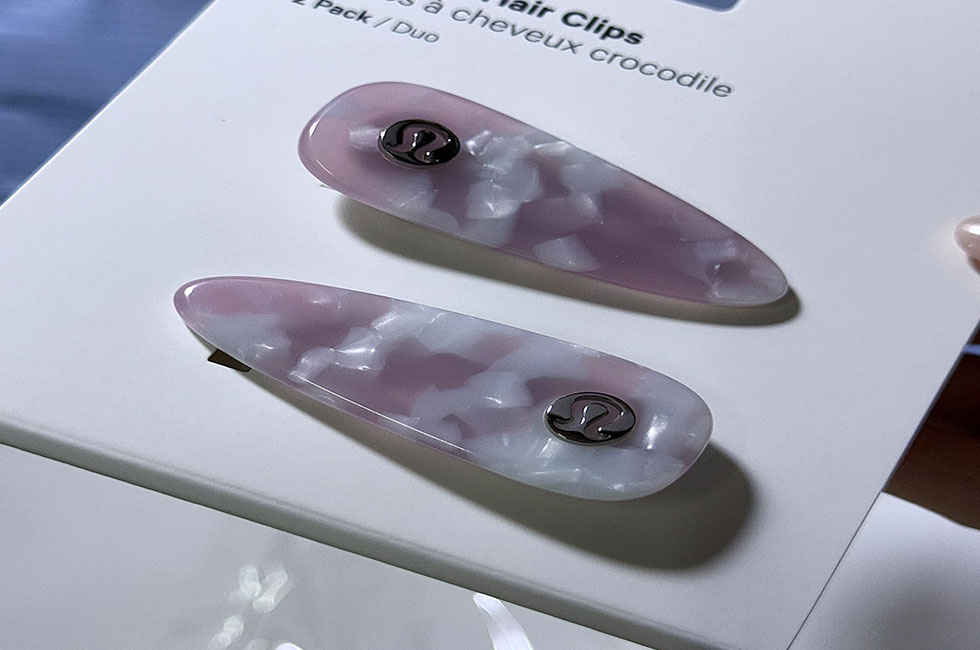Pearl Celluloid Sheet
What is Pearl Celluloid Sheet?
Pearl celluloid sheet is a celluloid sheet with special optical effects. It’s primarily composed of nitrocellulose, with lubricants, dyes, and other additives added to impart excellent flexibility, processability, and vibrant colors.
Pearlescent pigments: These pigments are typically mica flakes or titanium dioxide. These pigments are uniformly dispersed within the celluloid matrix through a specialized process, imparting the film with a pearlescent effect.
Production Process
Raw Material Mixing: Nitrocellulose, camphor, lubricants, and dyes are mixed in a specific proportion and thoroughly stirred and kneaded to form a uniform celluloid colloid.
Pearlescent Pigment Addition: An appropriate amount of pearlescent pigment is added to the celluloid colloid and continued stirring to ensure uniform distribution.
Molding: The mixed celluloid colloid containing pearlescent pigment is formed into a film of a desired thickness and width through processes such as calendaring, extrusion, or casting. Performance Characteristics
Appearance: Features a unique pearlescent luster that reflects and refracts light, creating a vibrant and colorful visual effect, reminiscent of natural materials like pearls and shells.
Flexibility: Due to the inherent properties of celluloid, pearlescent celluloid film exhibits excellent flexibility and elasticity, allowing it to bend and twist to a certain extent without breaking, making it suitable for applications requiring bending
Features
- Unique pearlescent texture.
- Various colors.
- Good flexibility and plasticity.
- Moderate mechanical strength.
- Acid, alkali, and solvent resistance.
Options
- Custom Colors: A variety of colors available.
- Custom Sizes: Customizable lengths, widths, and diameters.
- Custom Thickness: Available in various thicknesses.
- Custom Surface: Customizable glossy or matte finishes.
- Custom Printing: Pearlescent celluloid film is suitable for a variety of printing processes.
Application
Decorative Applications: Can be used in the production of clothing, accessories, and home decor, such as decorative strips on clothing, packaging for accessories, and surface decoration for home furnishings, adding a touch of luxury and style to products.
Crafts: Commonly used in the production of handicrafts, souvenirs, and collectibles, such as imitations of natural materials like tortoise shell and mother-of-pearl, as well as handmade products with artistic value.
Packaging: Used for packaging high-end gifts, cosmetics, perfumes, tobacco, alcohol, and other products, enhancing their quality and appeal and increasing their added value.
Other Applications: Can also be used in specialized applications such as stage props, film and television special effects, and model making, providing unique visual effects.
Selection Pearl Celluloid Sheet Series
Main Parameter
Material: Celluloid (Nitrocellulose)
Thickness: 0.17mm to 5.0mm (selectable based on user needs)
Dimensions: 1600 x 700mm, 1400 x 700mm, 1500 x 900mm
When creating decorative edges for garments, the thickness of pearlescent celluloid film typically ranges from 0.14mm to 0.8mm, depending on actual needs.
Thinner Thickness (0.14mm-0.4mm): If you want a light, soft decorative edge with good flexibility for easy bending and shaping, choose a thinner pearlescent celluloid film with a thickness of approximately 0.14mm-0.4mm. This thickness is suitable for creating flowing, dynamic decorative edges, such as hems and cuffs. It also facilitates subsequent sewing to the garment fabric without adding excessive thickness or weight.
Thicker Thickness (0.4mm-0.8mm): If you want a more rigid decorative edge that maintains its shape and enhances its visual impact and texture, choose a film with a thickness of 0.4mm-0.8mm. For example, when creating decorative edges for collars, waistbands, and other areas, a thicker film can better maintain the shape and give the decorative edge a more three-dimensional look. It can also withstand some pull and friction, making it less susceptible to damage.
1. Packaging and Decoration
Gift Packaging: Due to its inherently shimmering pearlescent effect, it is often made into gift bags, box linings, or decorative strips, enhancing the sophistication and visual appeal of gifts. It is particularly suitable for holiday gifts and luxury goods packaging.
Cosmetics/Jewelry Packaging: It is used for the outer coating of cosmetic boxes, perfume bottle labels, or jewelry storage bags and display box linings, highlighting the product’s high-end positioning through its pearlescent texture.
Festival Decorations: It can be cut into ribbons, pom-poms, garlands, and other decorations for weddings, parties, and shopping malls, creating a gorgeous and romantic atmosphere.
2. Stationery and Crafts
Stationery Production: It can be used to decorate notebook covers, bookmarks, and folders, or to create colorful, transparent stationery items such as rulers and set squares, combining practicality and aesthetics.
Handicrafts: Craft enthusiasts often use it to create wind chimes, hanging ornaments, 3D cards, and other items. Utilizing its cuttable and easy-to-stick properties, combined with the pearlescent effect, it creates unique works of art. Toy decoration: As decorative parts of toys, such as dolls’ clothing fabrics, model stickers or accessories, it increases the color layering and glossiness of the toys.
Ⅰ. Optimize the production process to reduce defects at the source.
a. Ensure uniform dispersion of pearlescent pigments.
Pearlescent pigments (such as mica powder and titanium dioxide particles) must be pre-treated before production. High-speed mixing, grinding, or ultrasonic dispersion is required to prevent pigment agglomeration.
Adjust the raw material mixing ratio to ensure thorough integration of the pigment with the celluloid substrate (nitrocellulose, plasticizer, etc.). Use online testing equipment to monitor dispersion uniformity and adjust the mixing speed or time accordingly.
b. Stabilize processing parameters to avoid gloss variations.
During extrusion or cast molding, strictly control temperature (such as melt temperature and chill roll temperature) and pressure to prevent localized excessive temperature that could lead to pigment oxidation, or uneven pressure that could cause thickness variations across the film surface (which can directly lead to inconsistent pearlescent reflectivity).
After forming, maintain a uniform pulling speed to avoid surface stress variations caused by uneven stretching speeds, which can lead to localized dulling of the gloss.
II. Strengthen Raw Material Screening and Quality Control
a. Select pearlescent pigments with high purity and uniform particle size distribution to avoid uneven gloss on the film surface caused by uneven pigment particle size.
b. Celluloid substrates (such as nitrocellulose and plasticizers) must meet environmental standards to avoid excessive impurities (such as residual solvents and metal ions) that may cause spots or yellowing on the film surface.

